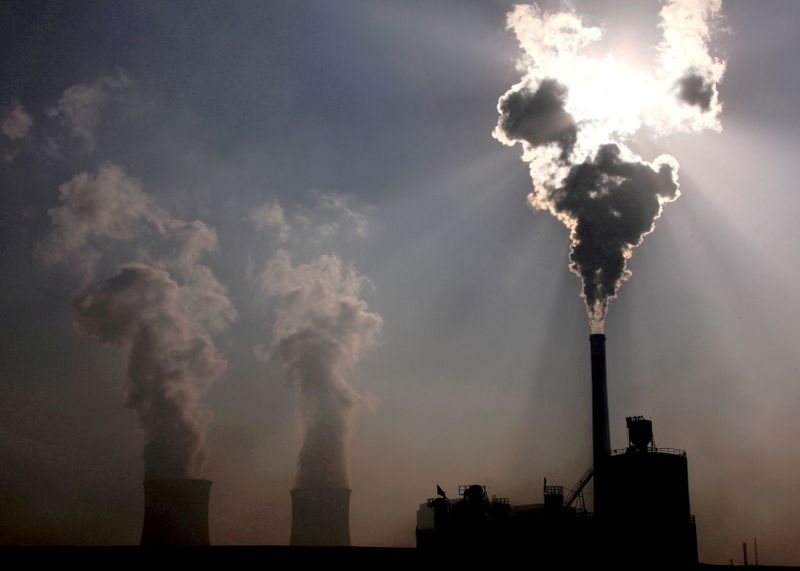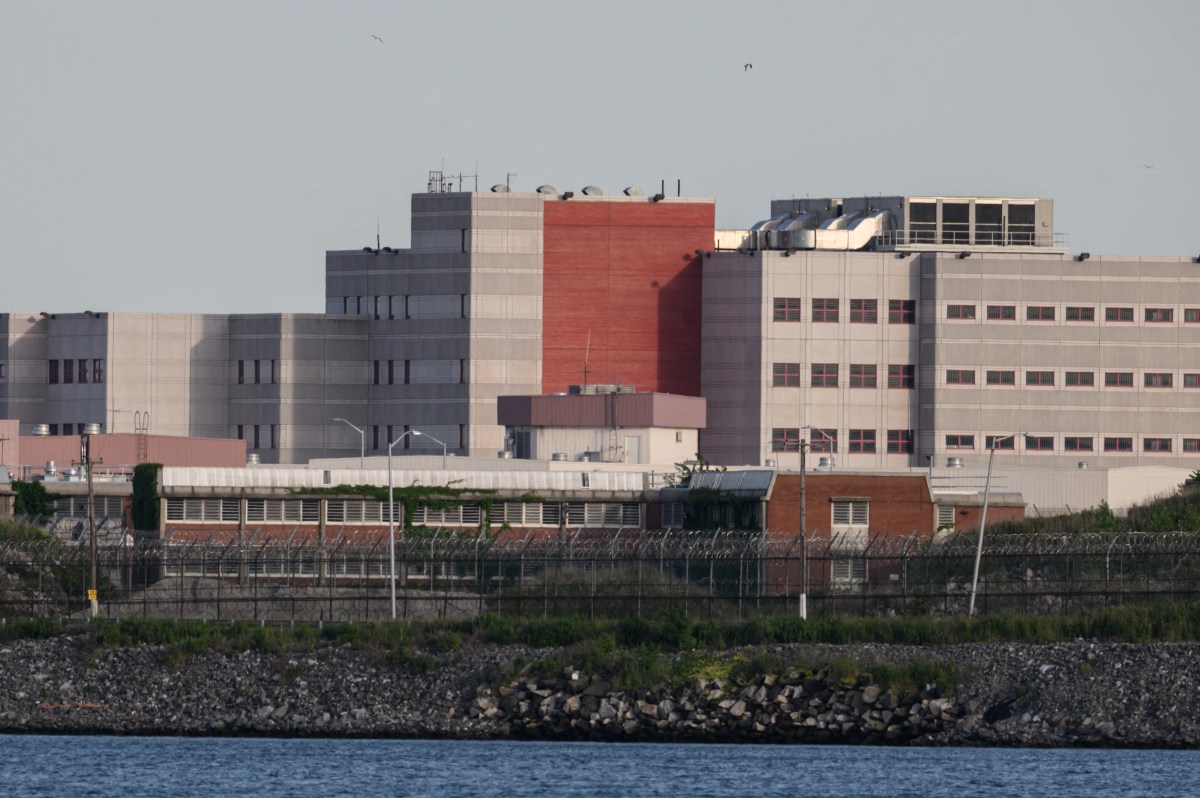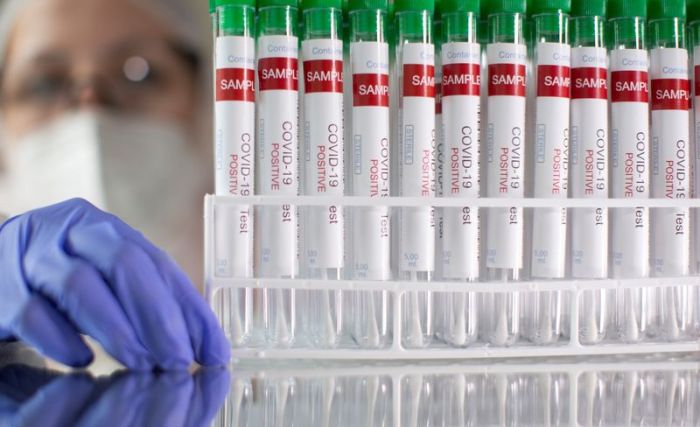BEIJING (Reuters) -China’s thermal coal futures slumped to their lowest in more than a month on Wednesday in their sixth consecutive day of declines, after the country’s state planner said it would conduct “clean up and rectification” work on coal storage sites.
The planner, the National Development and Reform Commission (NDRC), also said it had met with key coal producers on Wednesday to further discuss intervention in prices. The recent sell-off in thermal coal was triggered by an NDRC statement last week saying it was studying intervention.
The most-traded thermal coal futures contract on the Zhengzhou Commodity Exchange fell 10%, hitting its daily trading limit in Wednesday’s day session.
In night trading, which counts as part of Thursday’s trading day, the contract slumped another 13% to 1,033.8 yuan, the lowest since Sept. 17 and bringing the total decline from the record high of 1,892 yuan on Oct. 19 up to 47.8%.
China, which relies on coal-fired power for about 60% of its electricity generation, has been grappling with a power crunch in recent weeks, leading to electricity rationing for industry in many regions and hurting growth in the world’s second-largest economy.
Beijing has taken a raft of measures to boost coal and power supplies, including approving new coal mines and allowing power firms to raise prices for customers.
The NDRC said in a statement late on Tuesday that there were many unlicensed coal storage sites around mines in the main producing areas of Shanxi, Shaanxi and Inner Mongolia, “making it convenient for illegal traders to hoard coal,” and “seriously disrupting” the market’s operations.
Besides stepping up investigations and strengthening supervision, the three areas also need to establish a reporting system for legal and compliant coal storage sites, and ban those without approvals, the NDRC said.
They should also crack down on illegal profit-making activities such as hoarding and driving up coal prices by using illegal coal storage sites, the statement said.
Spot coal prices hit a record premium over futures on Monday, with trading drying up as Beijing launched an investigation into price index providers.
The probe left coal traders scrambling for price information on spot transactions, and one Shanghai-based trader described the market as “chaotic and pessimistic.” [L4N2RM2A0]
The planner is also studying a new mechanism to guide coal prices within a reasonable range over the long term.
In a statement on talks with producers about intervention measures late on Wednesday, the NDRC said details such as price levels were discussed but did not specify what sort of level would be imposed.
However, three major Chinese coal producers – Shanxi Coking Coal Group, Shanxi Jinneng Holding Group and Inner Mongolia’s Huineng Group – said on Wednesday they were placing a 1,200 yuan a tonne price ceiling on thermal coal supply in the winter heating season.
A slew of government measures in recent days has seen open interest in thermal coal futures fall sharply as participants liquidated positions.
Other commodities futures prices followed thermal coal down. Coking coal and coke futures also hit their limit down of 9% in Wednesday day trade before shedding another 12% in the night session.
Petrochemicals such as methanol and ethylene glycol closed down 9.03% and 7.25% respectively in Wednesday’s day session, while urea, which uses coal as feedstock, declined 7.25%.
Average thermal coal prices for next year are forecast to ease to 700 yuan from 912 yuan in 2021, Morgan Stanley said in a research note to clients on Tuesday.
“We highlight the risk of disappointing average selling prices for coal miners on the back of government intervention,” it said.
“Near term, we see policy measures increasing the incentive for producers to push coal production higher for the winter peak season,” it added, adding that moderating demand will further narrow the supply-demand gap.
Profits at China’s industrial firms rose at a faster pace in September despite surging prices and supply bottlenecks, mainly due to stellar growth in mining and raw materials industries, although power firms profits were squeezed as they struggled to shake off the high costs of coal.
(Reporting by Tom DalyEditing by Mark Potter)
























